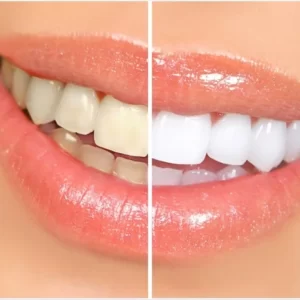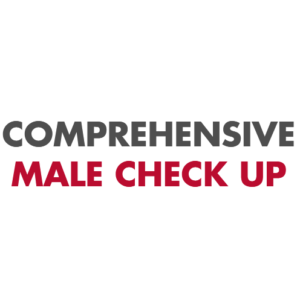Description
Familiarity with Treatment
Type 3 tympanoplasty is a surgical procedure used to repair a perforated eardrum and address large defects in the middle ear, specifically involving the removal of ossicles and the epitympanum. This procedure is more extensive than Type 1 and Type 2 tympanoplasty and may involve more complex reconstruction of the middle ear structures.
Procedure
The surgical procedure for Type 3 tympanoplasty involves the repair of the perforated tympanic membrane and the removal of ossicles and epitympanum when there are large defects in the malleus and incus. The tympanic membrane is repaired and directly connected to the head of the stapes. Various surgical approaches, such as endomeatal (per meatal), endaural, and post-auricular routes, may be utilized based on the specific clinical problem and the extent of damage.
Who is it Suitable For?
Type 3 tympanoplasty is suitable for individuals with large defects in the middle ear, including significant damage to the ossicles and the epitympanum. It is indicated for patients with chronic suppurative otitis media (CSOM) and associated hearing loss.
Who is it Not Suitable For?
Type 3 tympanoplasty may not be suitable for individuals with extensive middle ear abnormalities that require more complex reconstruction beyond the removal of ossicles and epitympanum. Patients with severe eustachian tube dysfunction, cholesteatoma, or previous unsuccessful surgical repair may not be suitable candidates for Type 3 tympanoplasty.
Advantages
- Restoration of Hearing: Type 3 tympanoplasty aims to restore hearing function in patients with chronic suppurative otitis media and prevent recurrent ear discharge.
- Prevention of Middle Ear Complications: By addressing large defects in the middle ear, Type 3 tympanoplasty may help prevent complications associated with chronic suppurative otitis media.
Complications
Complications of Type 3 tympanoplasty may include recurrence of the perforation, tympanic membrane retraction, otorrhea, cholesteatoma development, persistence or worsening of any conductive hearing loss, and rare occurrences of sensorineural hearing loss. Post-auricular incisions are at risk for hematoma, and careful preoperative assessment and surgical planning are essential to optimize outcomes.
Preoperative Care
Preoperative care for Type 3 tympanoplasty involves a comprehensive evaluation by a healthcare provider to assess middle ear functionality, the extent of the tympanic membrane perforation, and the patient’s overall health. This evaluation influences the surgical technique used and the postoperative outcome.
Postoperative Care
Following Type 3 tympanoplasty, individuals should adhere to postoperative instructions provided by their healthcare provider. This may include guidelines for wound care, activity restrictions, and regular follow-up appointments to monitor the healing of the tympanic membrane and assess hearing function.
Type 3 tympanoplasty is a surgical procedure aimed at repairing a perforated eardrum and addressing large defects in the middle ear, with the goal of restoring hearing function and preventing middle ear complications.







Reviews
There are no reviews yet.